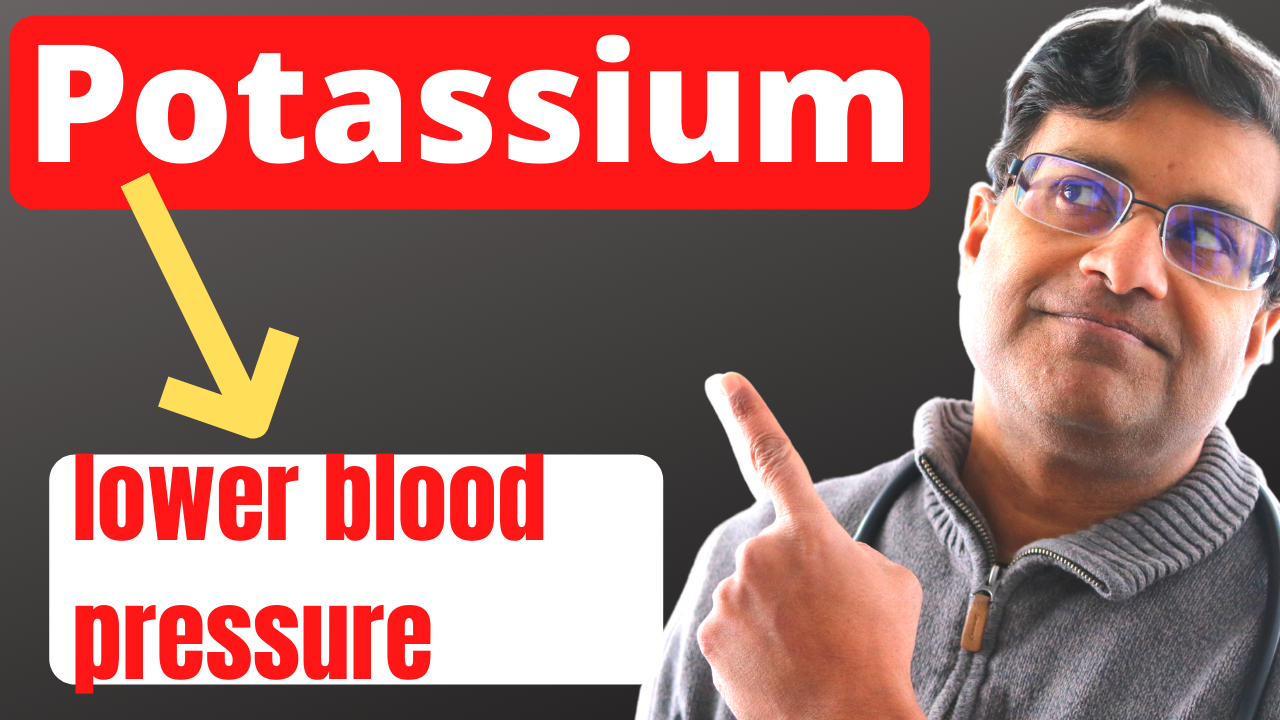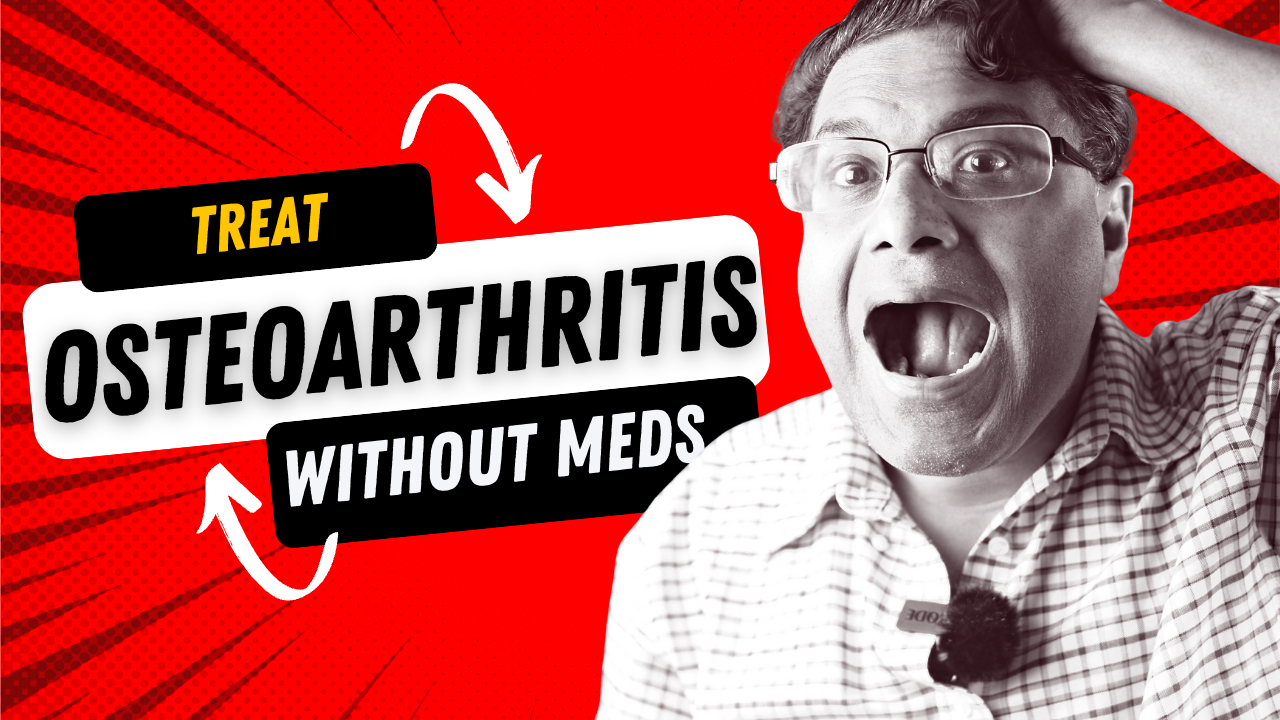Potassium and high blood pressure?
We eat too much sodium and too little potassium. If you continue to eat this way you will be at a higher risk for increased blood pressure, strokes, and heart attacks.
How can you reverse this?
Let’s find out.

What is potassium?
Potassium is a mineral and it has an important role in your body. Potassium is found in your food and once you ingest potassium it functions as an electrolyte in your body. Electrolytes are essential minerals and are vital to a variety of key functions in your body. Apart from playing a role in blood pressure, potassium is essential in the following functions in your body:
Water balance (especially in your kidney), maintaining your body pH, conducting nerve impulses, maintaining your heart function, and heart rhythm, muscle contractions, as well as when you eat and digest food.
How can potassium help with your blood pressure?
If you eat more potassium, you pee out more sodium. This is a good thing. This is because if you have too much sodium in your body …. Sodium holds onto water which then increases your blood pressure. Why is this? Well sodium and potassium work sort of in opposite ways in your body. Sodium is pumped out of your cell and potassium is pumped into your cell through means of the sodium potassium pump. If you eat more potassium, then more sodium can be peed out. Moreover, potassium also helps ease the tension of your blood vessels which in turn helps lower your blood pressure.
Where can you find potassium?
Potassium can be found in a variety of foods especially vegetables, fruits and fish. The recommended amount according to the NIH is 3,400mg per day for men and 2,400mg per day for women.

Good sources of potassium would be:
- Avocado
- Yogurt
- Winter squash (acorn or butternut)
- Spinach and other greens
- Potatoes, esp. sweet potatoes
- Salmon and sardines
- Dried fruits such as apricots and prunes,
- Fruits such as bananas and grapefruit
- Vegetables such as beets and broccoli
- White beans, lima beans, black beans, and other legumes
But Doctor how would I know how much potassium are in foods.
For example, 1 medium banana is about 422 mg of potassium, I cup of fresh OJ is 496 mg of potassium and 3 ounces of Salmon Atlantic cooked is 534g of potassium. So, if you go this website: https://fdc.nal.usda.govTraf/mo (us): or google FoodData Central USDA you can find the nutrient profile of different foods.
“Choosing plenty of food sources of potassium throughout the day is necessary to meet recommendations. For instance, standard portions of nonfat plain yogurt and bananas at breakfast, baked potato with wild Atlantic salmon and avocado at dinner, plus one-and-a-half cups of nonfat milk during the day could help potassium intake reach approximately 3,400 mg.” Foodinsight.org.
- You can also read the nutrition label and figure out how much potassium is in the food per serving size.
- Another take home point is that if you boil vegetables, especially if they have been cut, potassium ends up being leached into your boiling water. Therefore, if you grill, dry heat, roast or sauté your vegetables those good nutrients are readily available for you and your health.
What happens if you have too little potassium in your body?
Lack of potassium causes a deficiency and can present with the following symptoms: GI symptoms such as nausea, vomiting and constipation. You might present with symptoms such as muscle spasms or cramping or even irregular heartbeat or rhythm. Your health care provider can do a simple test to diagnose if your blood level is too low. Normally, your blood potassium level is 3.6 to 5.2 millimoles per liter (mmol/L). A very low potassium level (less than 2.5 mmol/L) can be life-threatening and requires urgent medical attention.
What happens if you have too much potassium in your diet?
It is unlikely that through dietary means, if you are following a balanced diet, that your potassium will be running too high. However, if you have concomitant kidney disease or are taking certain medications (such as potassium supplements, Lisinopril, or Spironolactone) it can cause high levels of potassium also referred to as hyperkalemia. This can be also checked with a simple blood test at your Doctor’s office. A potassium level higher than 5.5 mmol/L is critically high, and a potassium level over 6 mmol/L can be life-threatening. If the levels are this high this can lead to heart arrhythmias or even death.
Have a good day and Think Your Health!
You can check the entire Yt video here.
Sources:
- https://foodinsight
- https://www.healthline.com/nutrition
- https://www.health.harvard.edu/
- https://www.heart.org/
- https://www.ahajournals.org/
- https://www.cdc.gov/salt/potassium





